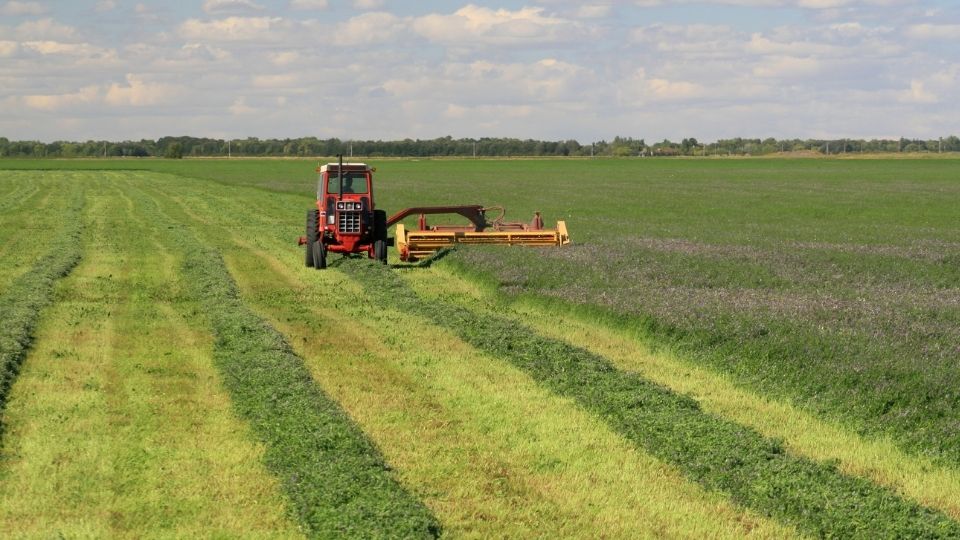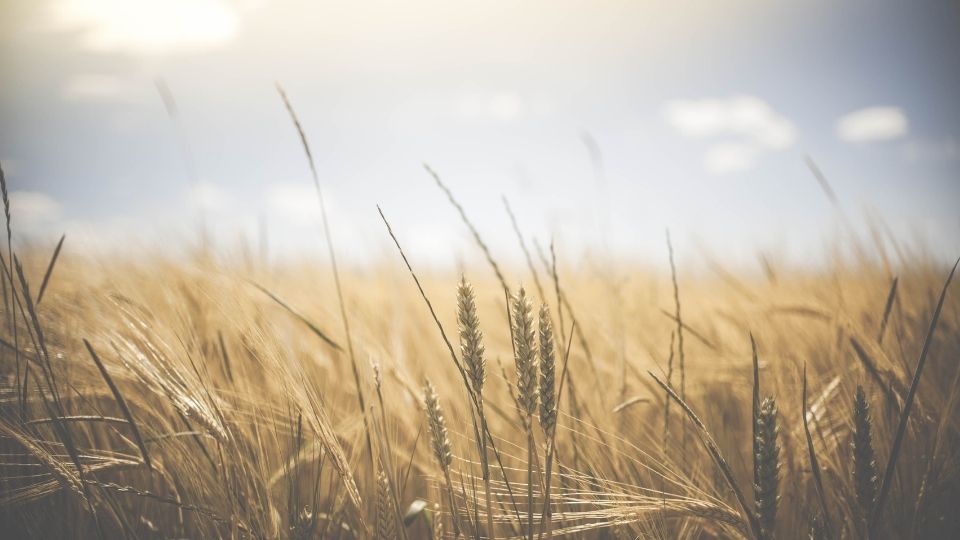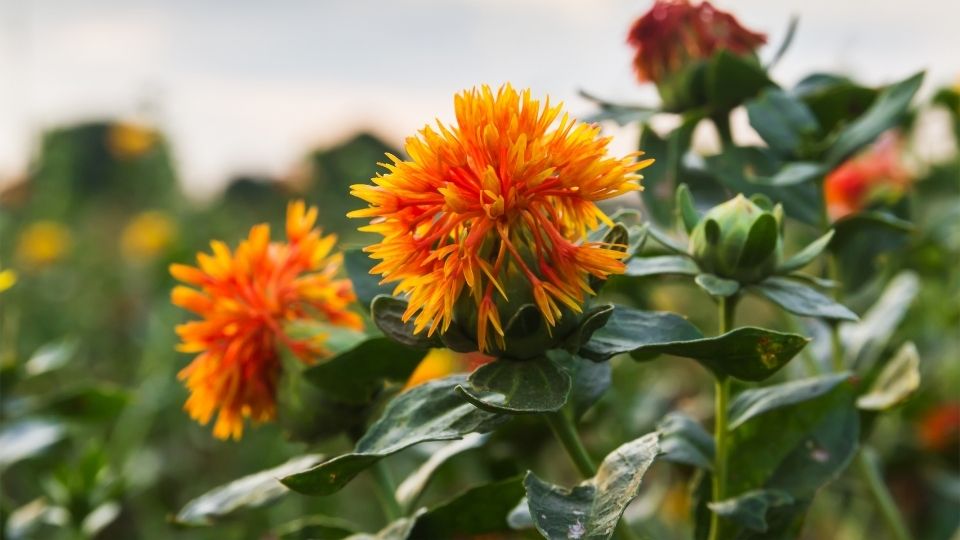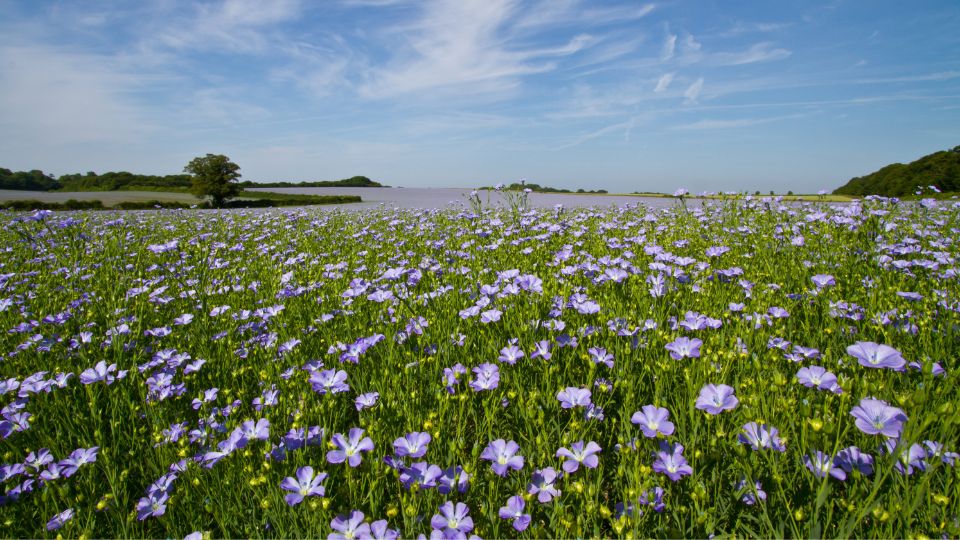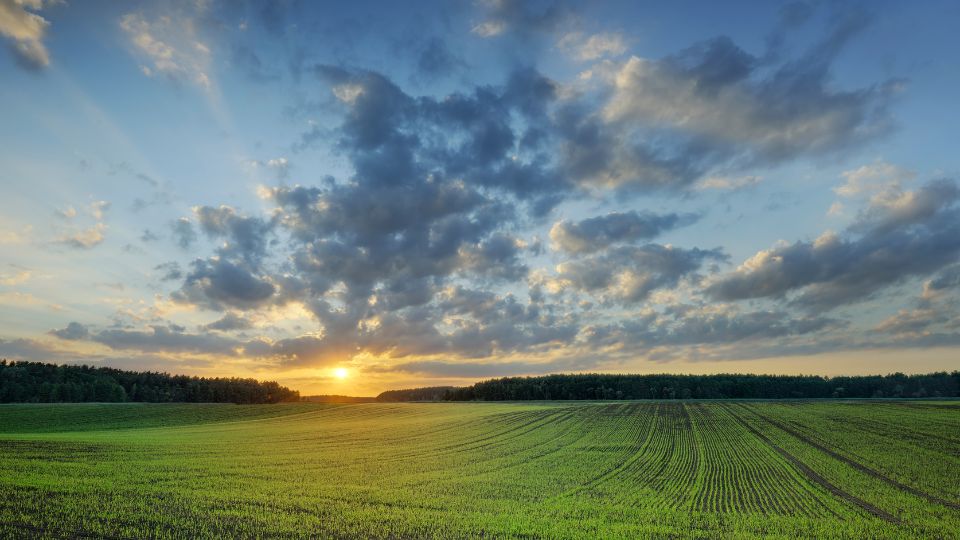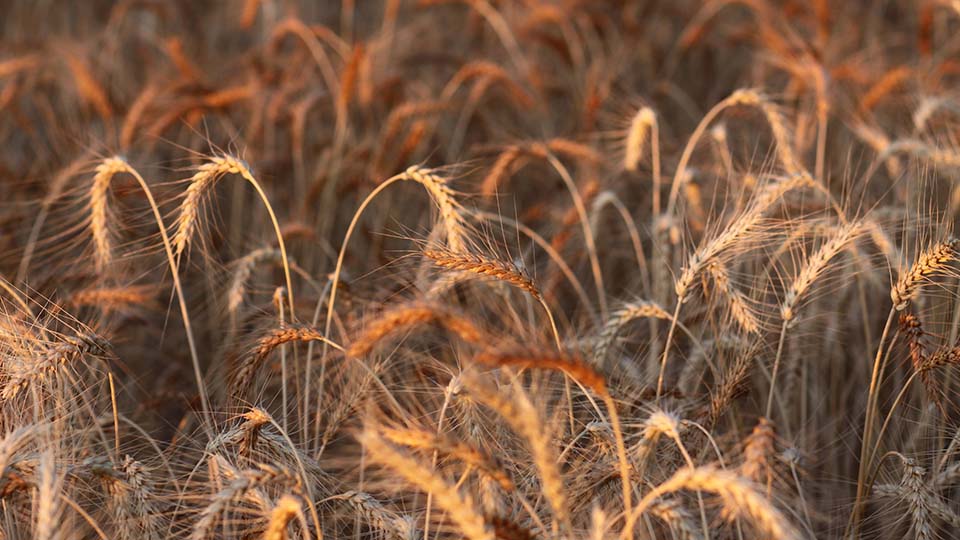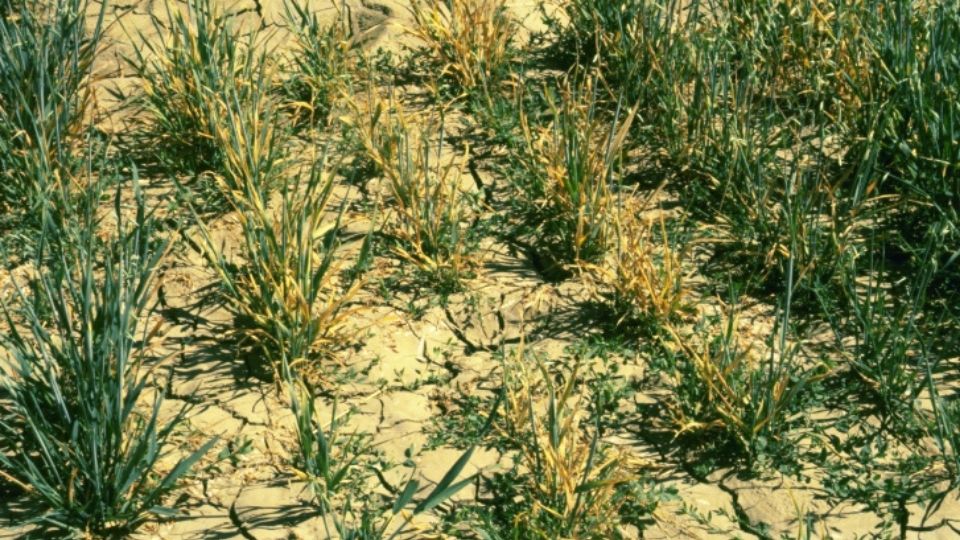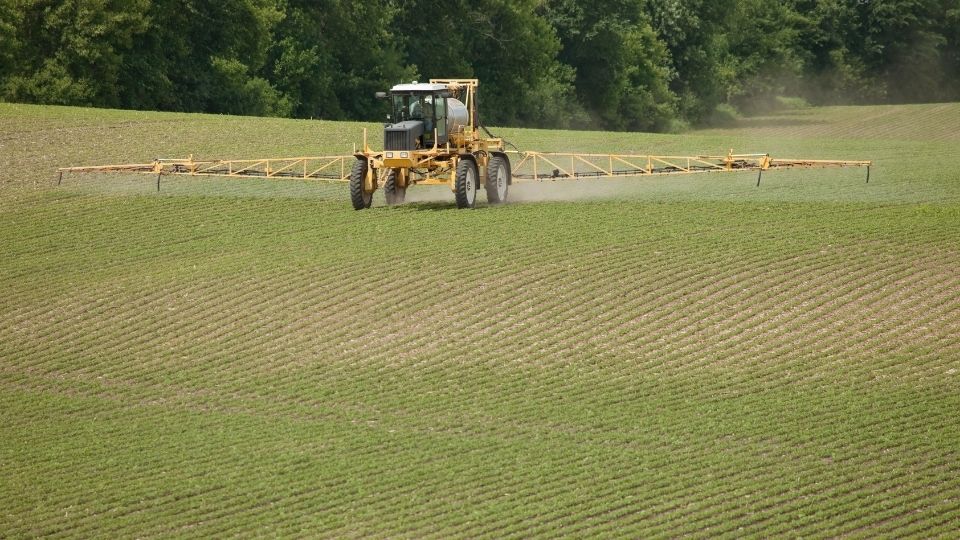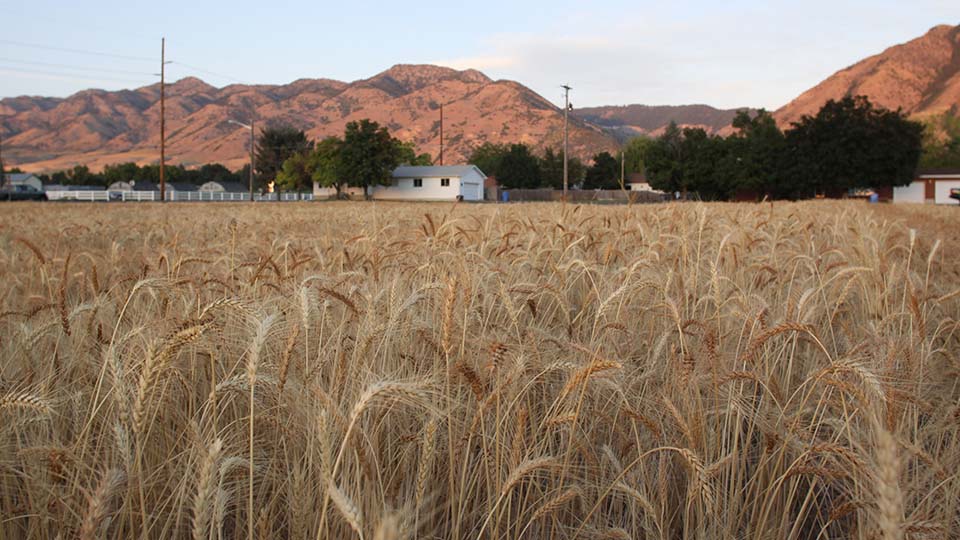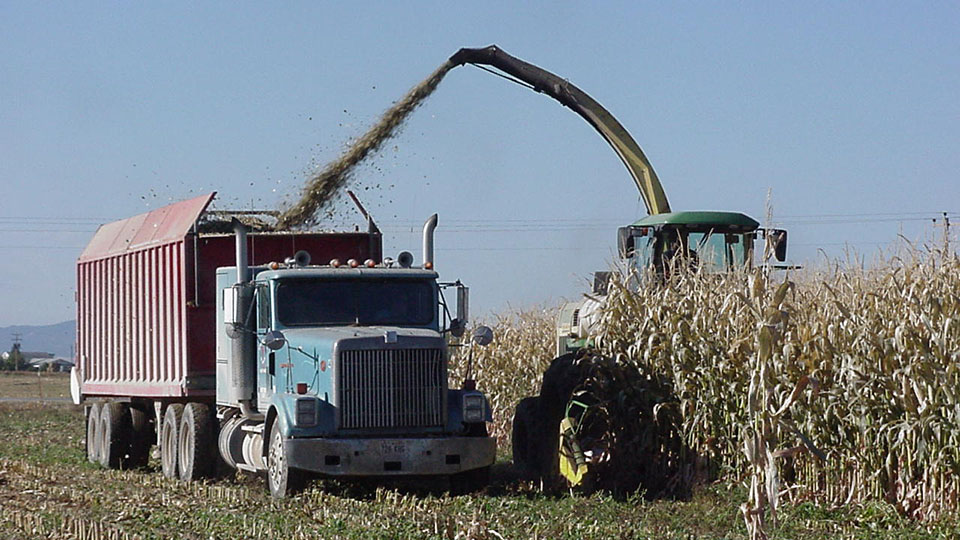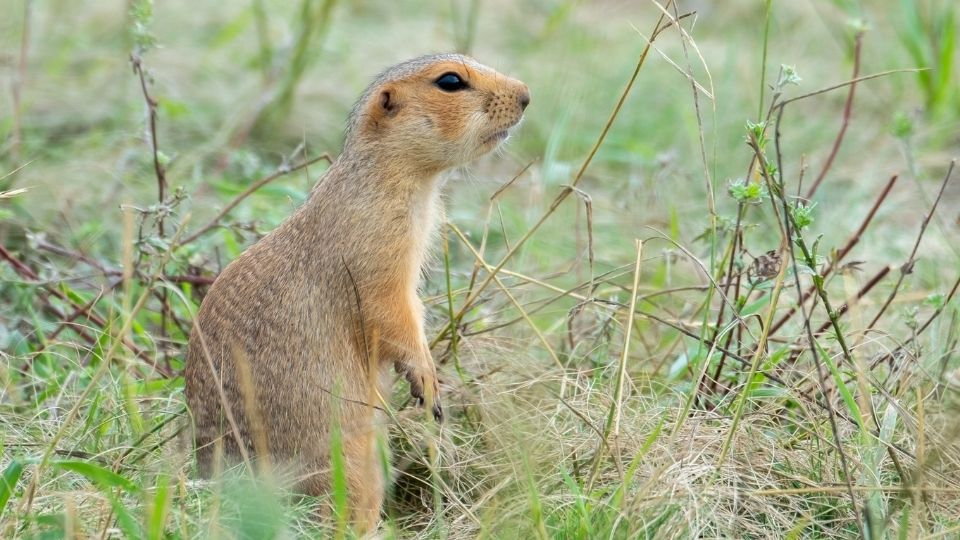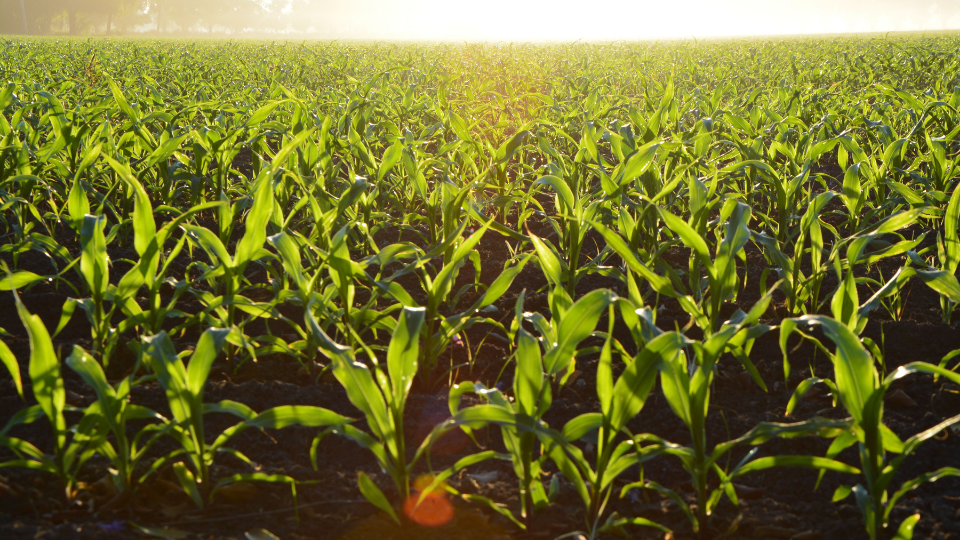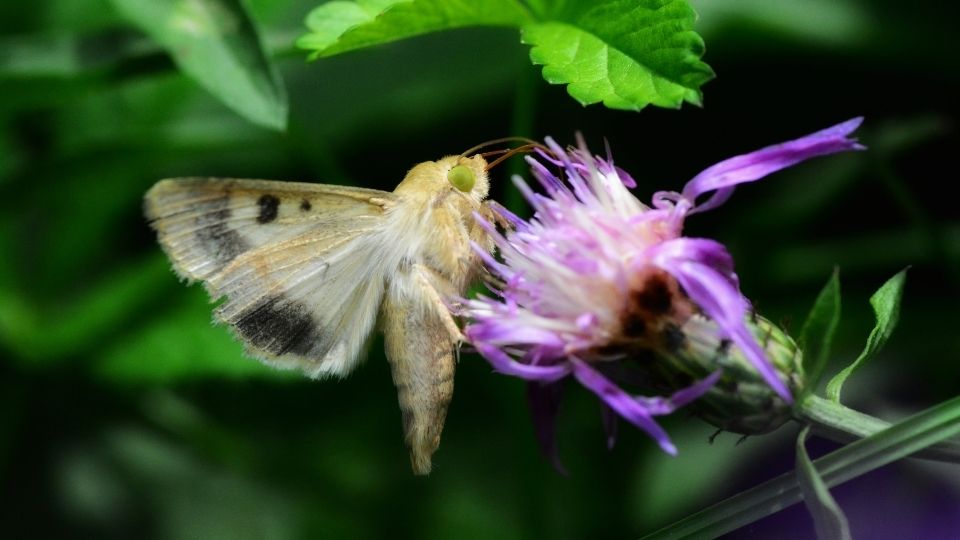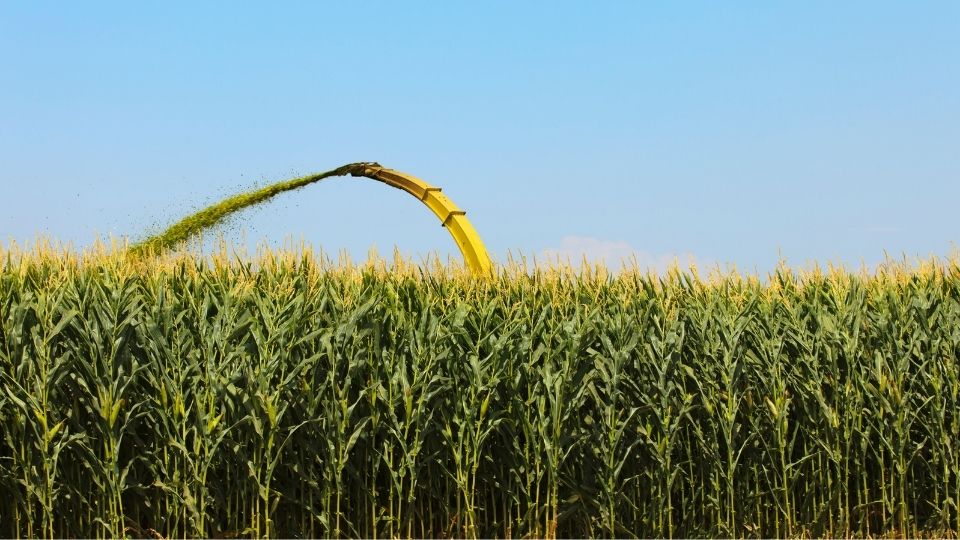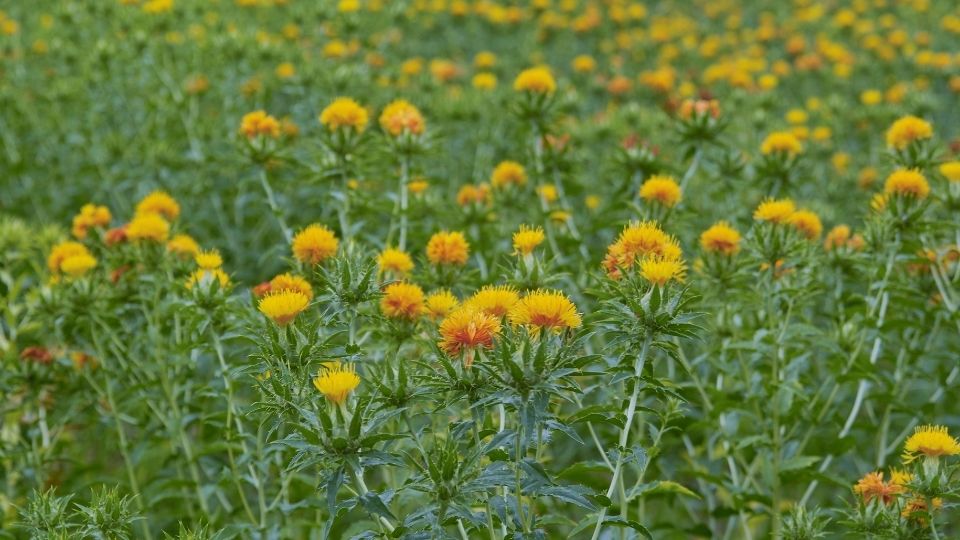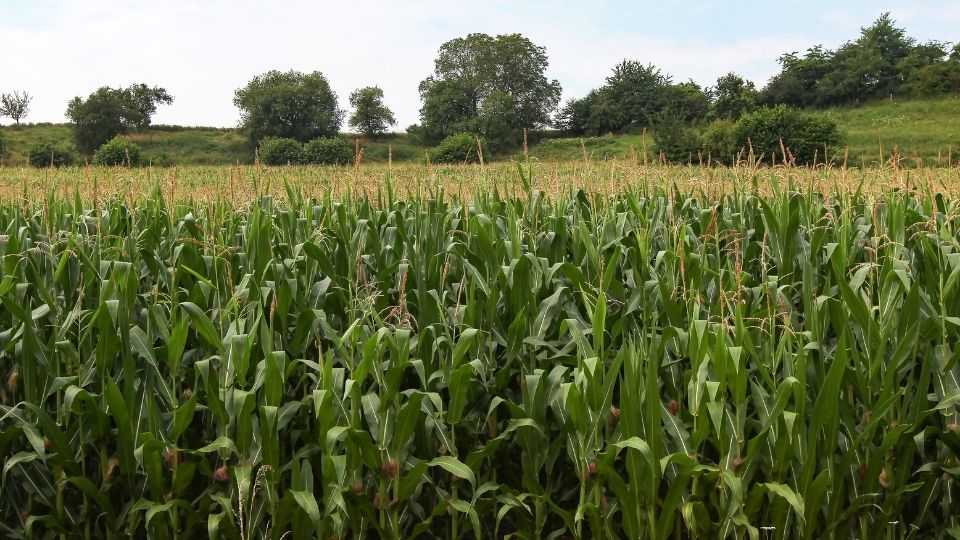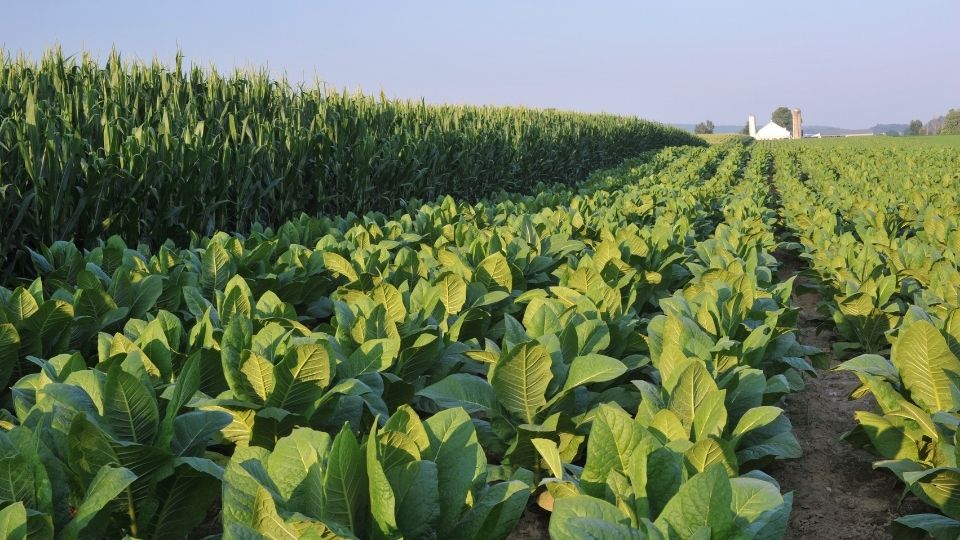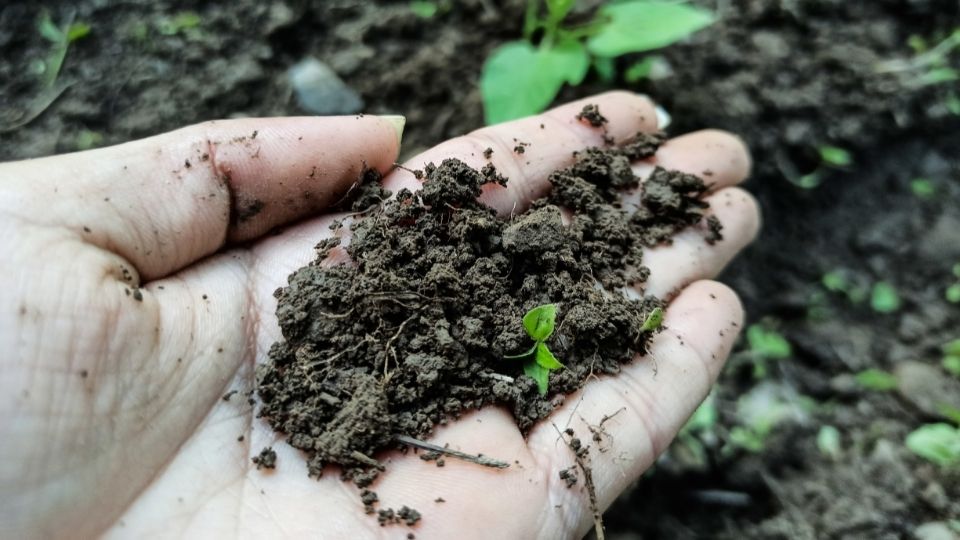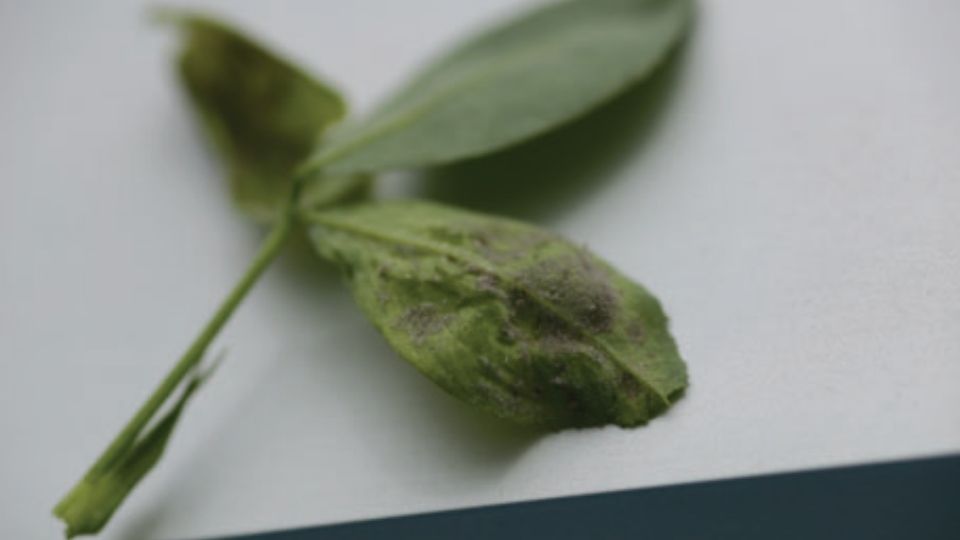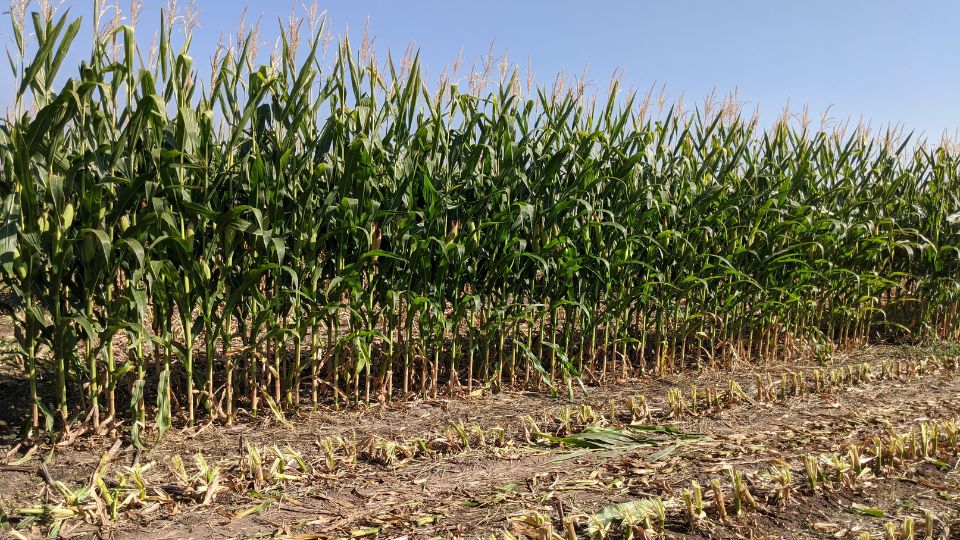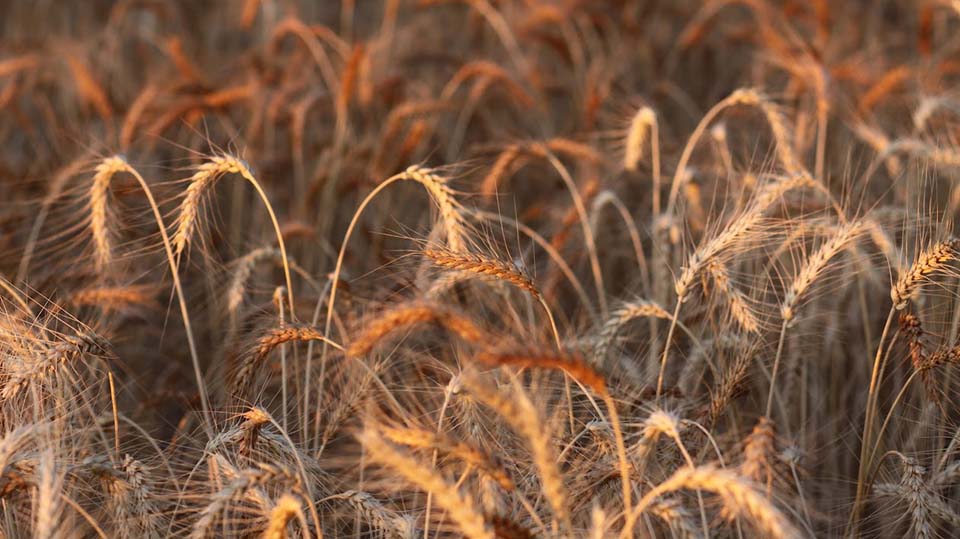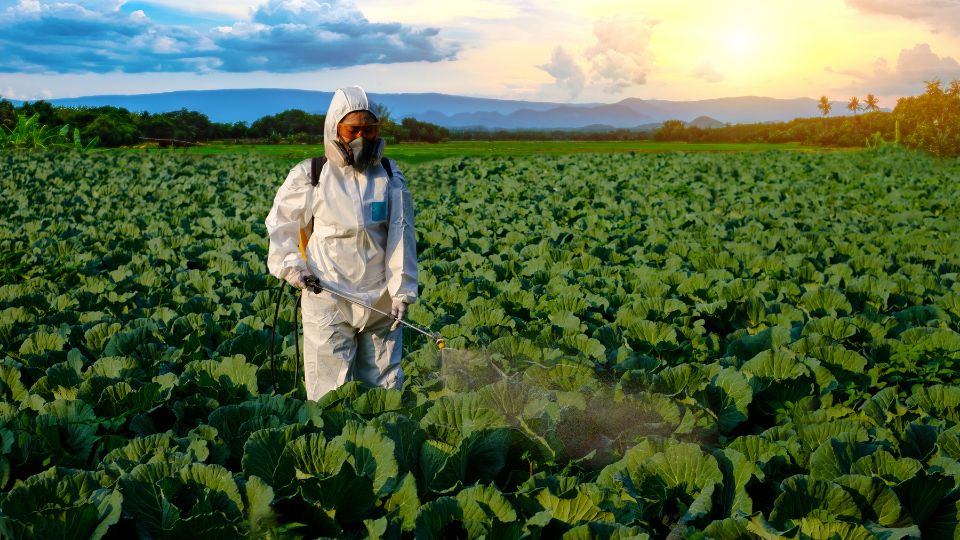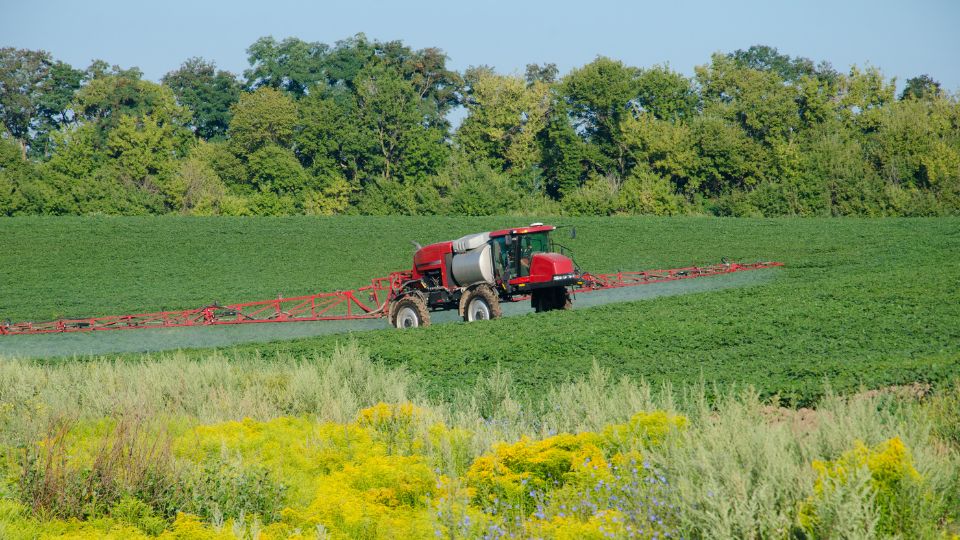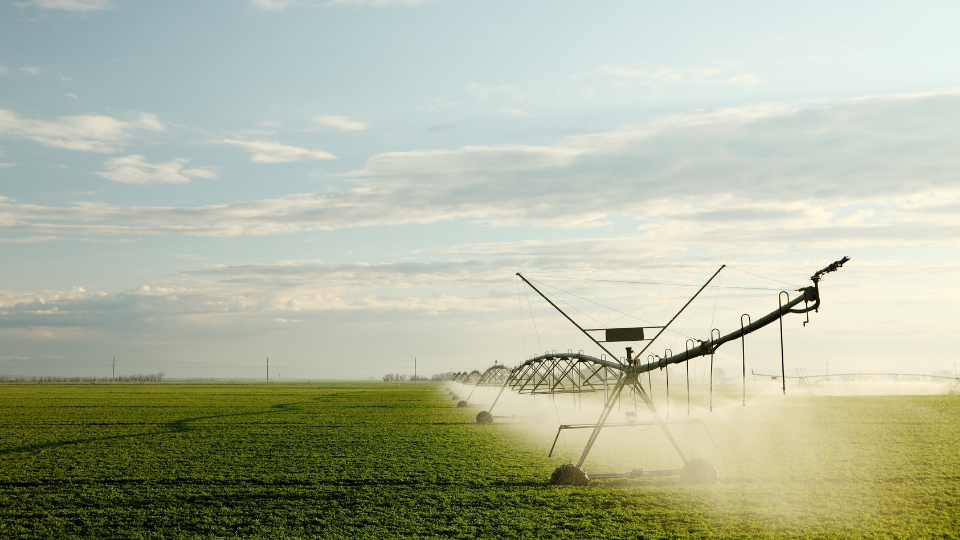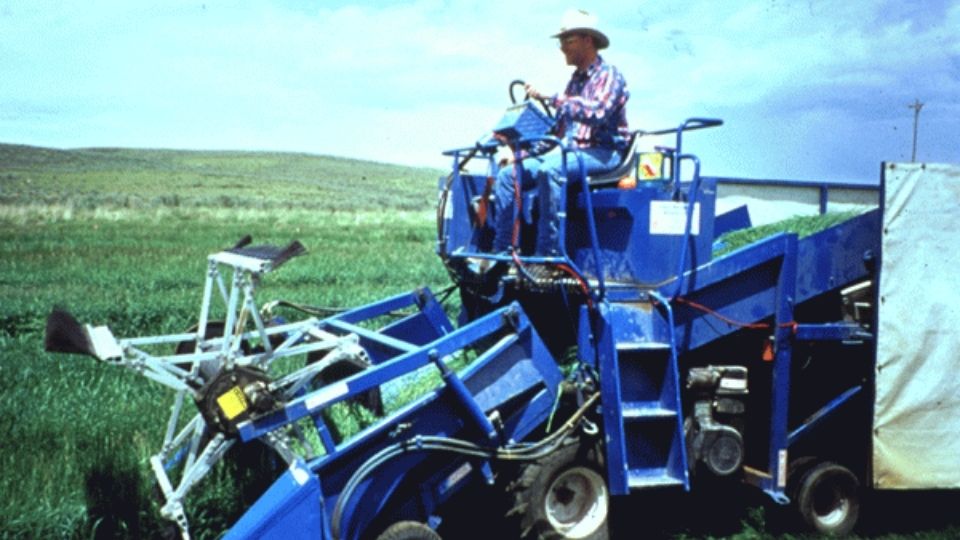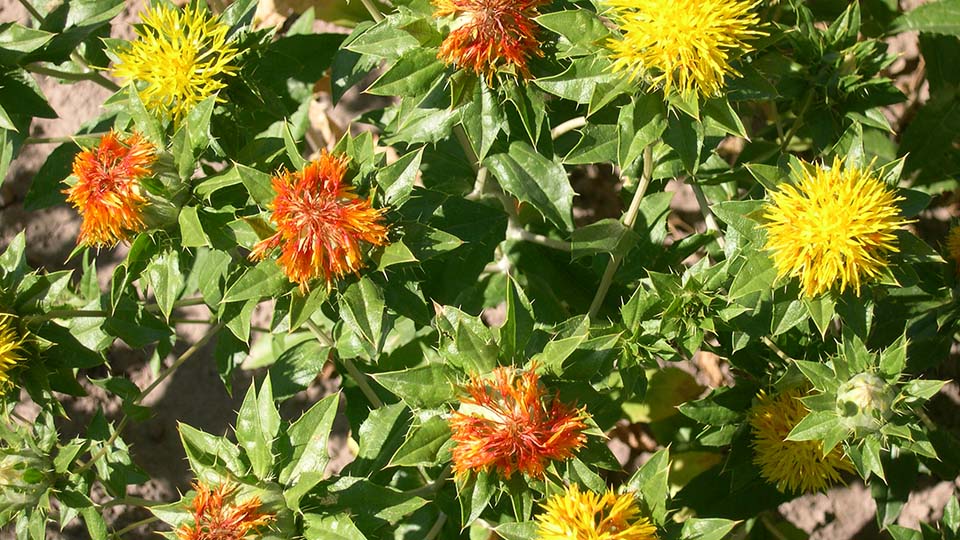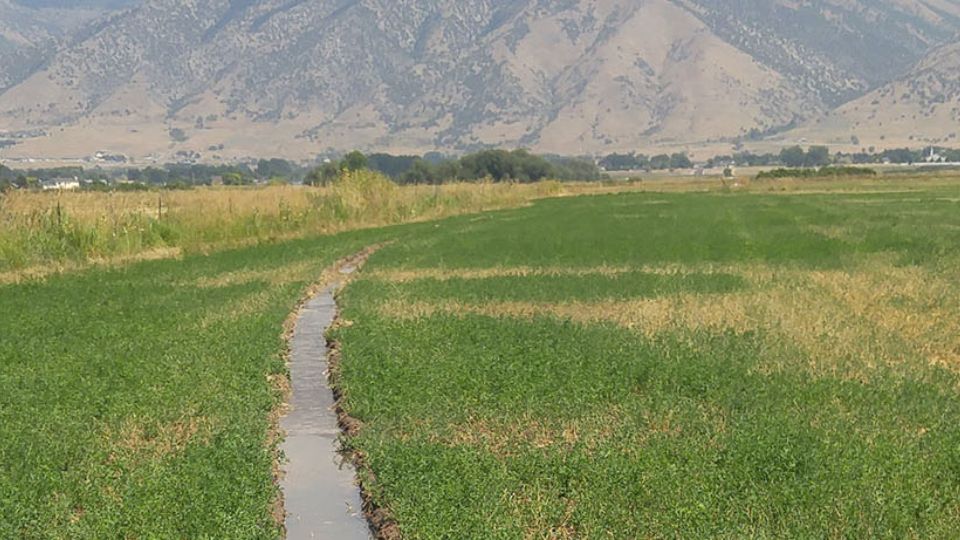Irrigated Alfalfa Variety Performance, 2011-2014; North Logan, Utah

Alfalfa is the most important crop in Utah, both in terms of acreage and revenue. Although often overlooked, one of the most critical decisions made in alfalfa production is determining which variety to plant. This report summarizes dry matter (DM) yields of alfalfa varieties during 4 years at the Utah Agricultural Experiment Station Greenville Farm in North Logan (Cache Co.). The site is at an elevation of 4,600 feet and averages 4,587 growing degree days (base 40oF) per year. Breeding programs and seed marketers were contacted and invited to submit alfalfa cultivar entries for inclusion in the trial. Ranger was included as a check variety for comparison with newer genotypes. Fall dormancy (FD) ratings of varieties included in the trial were 3 to 5, and predominantly 4 (see the Table). Additional background on FD, winter survival, pest-resistance, breeding histories, release date, and other information may be found on websites of the National Alfalfa Alliance (alfalfa.org), the North American Alfalfa Improvement Conference (naaic.org), and individual seed marketers.
Entries were drill-seeded at 18 lb bulk seed/ac into a Millville silt loam soil on May 9, 2011, in a randomized complete block design with five replications. Each 3- by 20-ft plot had five rows spaced 6 inches apart, with a 1 foot gap between adjacent plots. Plots were sprinkler irrigated at approximately 10-day intervals throughout the test period according to soil water content and evaporative demand throughout the experiment. Initial soil test levels in the surface foot were pH 8.1, 1.9% organic matter, and 20, 124, and 1.75 ppm P, K, and SO4-S, respectively. While P and K were at adequate levels for high alfalfa yields, S was not. Sulfur was applied at 20 lb/ac prior to planting to raise soil S levels. Soils were tested annually by the USU Analytical Laboratory after the last cutting of each year and fertilized according to USU recommendations (Cardon et al. 2008). Few insect pests were present during the trial period except some weevil and aphid and associated feeding damage in first or second harvests. Insecticides were not used. Weeds were also minimal, with no herbicide treatment required except an application of imazamox (Raptor) during stand establishment.
Plots were harvested twice in 2011 and four times in 2012-2014, at early-bud to early-bloom stages (average of mid-bud) with a Hege sickle bar harvester. Fresh weight of forage above a 3 inch stubble was obtained from each plot and an approximately 0.5-lb subsample was used to determine dry matter (DM) concentration by oven drying at 55oC (131oF). Plot management and harvest timing simulated commercial practices as much as possible, except that hay was not windrowed, dried, and baled on the plots. Plots, therefore, received less machinery traffic than would occur under most commercial conditions. Small-plot oven-dry alfalfa yield is perhaps 10-15% higher than air-dry weight of hay from commercial harvesting and baling of the same material. The usual DM losses from respiration during drying in the windrow, machinery traffic, and leaf shatter from mechanical handling are not encountered in small-plot trials.
Variety means in the table are ranked in decreasing order of mean annual DM production for the 4 years of the trial. Distribution of the total DM production among four annual cuttings, averaged across 2012-2014 (and range among years) was 29% (25-33%) in first cutting, 29% (25-33%) in second, 25% (23-28%) in third, and 16% in fourth (14%-17%).
Varieties may be compared in terms of the least significant difference (LSD). This is the minimum difference required between entries in a column for significance at a given level of confidence. Values of LSD are shown for 5% probability levels. This is interpreted to mean that yield results for these varieties, if field tests were conducted 100 times, would appear as seen in the tabular data 95 times and that 5% of the time, observed differences among entries would be merely due to chance. For example, in the Table, 4-year mean DM production of the top nine varieties is not different at the 5% probability level because it varies by less than the LSD of 0.42 ton/ac. Production of the first and tenthranked entries differs at the 5% probability level, because it varies by at least the LSD. The coefficient of variation (CV) describes variation among replications of the same variety; values below 10% suggest good precision for detecting entry differences.
Averaged over 4 years, annual forage production differed by 1.2 tons DM/ac between top and bottom entries. Varieties with FD 4 and 5 were spread throughout the yield rankings, indicating a wide range of performance potential within these dormancy classes. Annual yields peaked in the second harvest year, then tapered by approximately 1.5 tons DM/ac between second and fourth years. Yield rankings in a particular year do not necessarily reflect the rankings of 4-year means, confirming that selection of high-performing varieties should be based on data from multiple years.
The public cultivar Ranger, released in 1945, was at the bottom of the trial. Other varieties in the trial have broader pest-resistance packages and higher levels of resistance to many of the pests that are common in Utah. Stands of these varieties are, therefore, likely to persist longer than those of older or non-certified varieties where disease and pest resistance characteristics are lacking or unknown.
Table. Alfalfa varieties ranked by 4-year mean annual dry matter (DM) production at North Logan, UT. Plots were seeded at 18 lb bulk seed/ac on May 9, 2011, and harvested two times in 2011 and four times annually in 2012-2014 at early-bud to mid-bloom stages.
| Cultivar | Source/Marketer | Seasonal-total DM production | |||||
|---|---|---|---|---|---|---|---|
| FDa | 2011 | 2012 | 2013 | 2014 | 4-yr mean | ||
| ----------------- Tons DM/ac ----------------- | |||||||
| FG 46W202 | Forage Genetics Intl. | 4 | 2.96 | 9.61 | 9.47 | 8.58 | 7.66 |
| AmeriStand 407TQ | America’s Alfalfa | 4 | 3.15 | 10.11 | 9.26 | 7.90 | 7.61 |
| Gunner | Croplan Genetics | 5 | 2.96 | 8.99 | 9.68 | 8.67 | 7.58 |
| DKA 50‐18 | DeKalb | 5 | 3.25 | 9.41 | 9.46 | 8.11 | 7.56 |
| 6422Q | Syngenta Seeds | 4 | 3.03 | 9.91 | 8.92 | 8.26 | 7.53 |
| WL 363 HQ | W‐L Research | 5 | 2.93 | 10.12 | 8.66 | 8.11 | 7.45 |
| 6305Q | Syngenta Seeds | 3 | 2.94 | 9.77 | 8.83 | 7.95 | 7.37 |
| FG 48A178 | Forage Genetics Intl. | 4 | 2.80 | 8.59 | 8.84 | 8.81 | 7.26 |
| DKA 43‐13 | DeKalb | 4 | 2.74 | 8.54 | 9.17 | 8.49 | 7.24 |
| 6431 | Syngenta Seeds | 4 | 3.37 | 9.98 | 8.44 | 7.12 | 7.23 |
| LegenDairy 5.0 | Croplan Genetics | 3 | 2.88 | 9.36 | 9.11 | 7.53 | 7.22 |
| AmeriStand 445NT | America’s Alfalfa | 4 | 3.11 | 9.08 | 8.72 | 7.80 | 7.18 |
| Mountaineer 2.0 | Croplan Genetics | 5 | 3.35 | 9.61 | 8.95 | 6.81 | 7.18 |
| WL 354HQ | W‐L Research | 4 | 2.91 | 8.30 | 9.02 | 8.30 | 7.13 |
| FSG 429SN | Allied Seed | 4 | 3.31 | 9.31 | 8.20 | 7.67 | 7.12 |
| FSG 329 | Allied Seed | 3 | 3.53 | 8.90 | 8.37 | 7.60 | 7.10 |
| Hybriforce‐2400 | Dairyland Seed | 4 | 3.27 | 9.00 | 8.13 | 7.96 | 7.09 |
| Rebound 6.0 | Croplan Genetics | 4 | 2.82 | 9.11 | 8.64 | 7.78 | 7.09 |
| Lightning IV | Eureka Seeds | 4 | 2.86 | 9.24 | 7.78 | 8.06 | 6.99 |
| Lander | Allied Seed | 3 | 3.49 | 9.21 | 7.71 | 7.34 | 6.94 |
| 54VR03 | Pioneer Hi‐Bred | 4 | 3.03 | 9.14 | 8.50 | 7.02 | 6.92 |
| DG 4210 | Crop Production Services | 4 | 3.23 | 9.05 | 8.17 | 7.09 | 6.89 |
| Ranger | Public | 3 | 2.68 | 8.83 | 7.74 | 6.58 | 6.46 |
| Mean | 3.07 | 9.27 | 8.69 | 7.81 | 7.21 | ||
| LSD (0.05) | 0.40 | 0.82 | 0.74 | 0.77 | 0.42 | ||
| CV (%) | 10.3 | 7.0 | 6.7 | 7.8 | 4.6 | ||
aFall dormancy ratings relate height of fall regrowth following a late summer cutting to heights of standard check cultivars, and range from 1 (extremely fall‐dormant) to 11 (extremely non‐dormant).
References
- Cardon, G.E., J. Kotuby-Amacher, P. Hole, and R. Koenig. 2008. Understanding your soil test report. USU Extension Publication. AG/Soils/2008-01pr.
Published August 2015
Utah State University Extension
Peer-reviewed fact sheet
Authors
Earl Creech1, Thomas Griggs2, Clark Israelsen1, TJ Bingham1, Jason Clark1, and Mark Pieper1 Utah State Univeristy1 and West Virginia University2
Related Research



